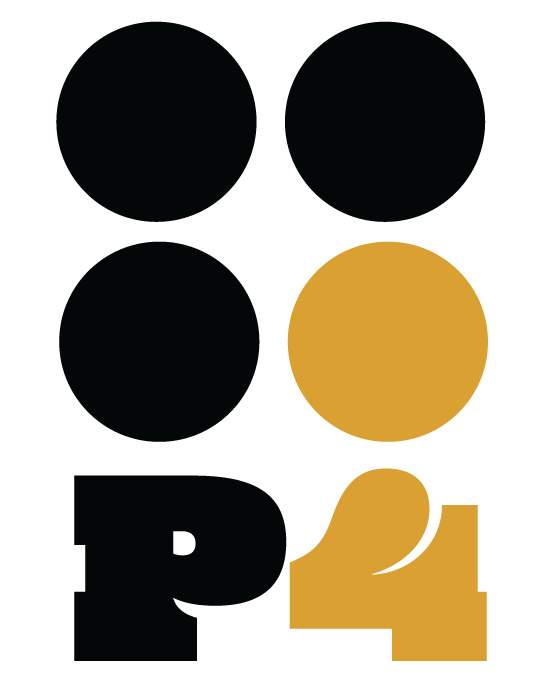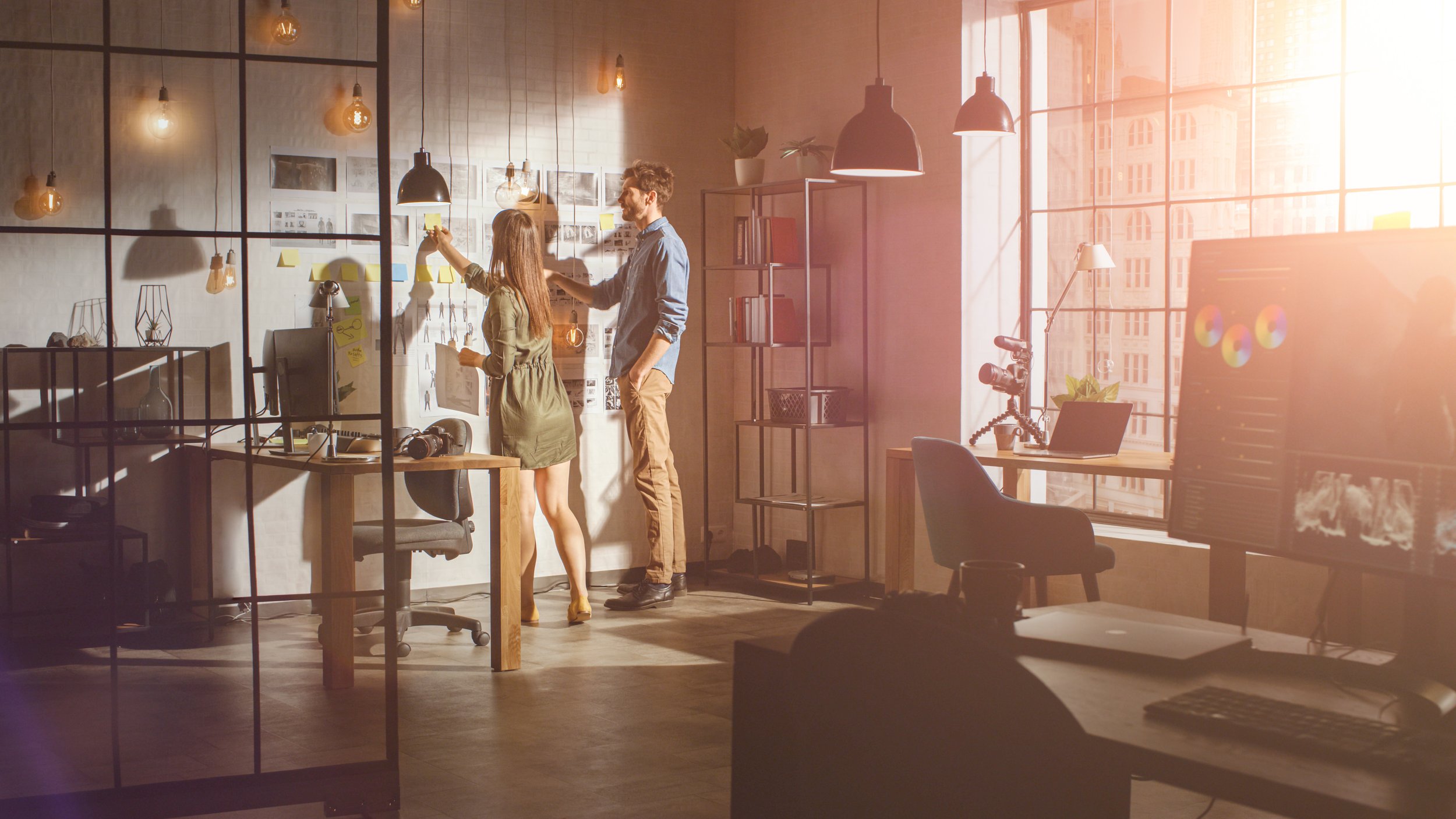How to use and create moodboards for photography projects
The Misconception of Literal Interpretation:
It's a common pitfall to view mood boards as a shopping list of exact shots to replicate. This literal approach not only stifles creativity but also undermines the mood board's true purpose: to inspire and guide the creative direction of a shoot. Mood boards are about setting a tone, evoking emotions, and providing a visual target—a north star for the creative team to aim for, not a step-by-step manual to follow to the letter.
Crafting a Mood Board.
Creating an effective mood board starts with broad strokes—gathering images, textures, colors, and elements that resonate with the project's core idea and goals. It's about exploring different facets of the intended mood, from lighting and composition to the subtleties of color schemes and textures. This exploratory phase is crucial, allowing photographers, stylists, and designers to immerse themselves in the project's atmosphere, setting the stage for originality and innovation.
These aren't blueprints for exact replication but beacons of inspiration, guiding your team's collective vision through the wilds of imagination. Each element on the mood board—a sun-drenched landscape, the texture of peeling paint, a swath of midnight blue—carries with it a description, a whispered secret of why it's essential, ensuring that every color, every shadow, tells part of your story.
Serving as a Visual Target - Not a shotlist
Think of a mood board as a compass, offering direction rather than dictation. It's a tool to align the creative team's vision, ensuring everyone is moving toward the same conceptual goal. This alignment is critical in commercial photography, where the cohesion of ideas and execution directly impacts the effectiveness of the final visuals. By serving as a visual target, mood boards facilitate a focused brainstorming process where ideas can be refined, tested, and evolved.
Moodboards should faciliTate Collaboration and Communication
One of the mood board's greatest strengths is its ability to bridge the gap between different creative disciplines. By providing a tangible reference, it fosters a shared understanding among photographers, stylists, designers, and clients. This common ground is invaluable for facilitating open discussions about the project's direction, encouraging input and collaboration from all involved. It's a forum where ideas can be visually communicated and refined, ensuring that the final outcome is a collective vision brought to life.
Encouraging Creativity Within Constraints:
Far from limiting creativity, a mood board's visual targets encourage innovative thinking within defined parameters. It challenges the team to think deeply about how to embody the mood board's essence uniquely and authentically. This creative problem-solving within constraints often leads to more compelling and original outcomes than a shoot lacking direction could ever achieve.
For example:
Envision preparing for a sophisticated fashion shoot intended to capture the essence of a new luxury clothing line inspired by the Roaring Twenties. The mood board for this project isn't just a collage; it's a narrative tool, a visual symphony of the era's opulence and its modern interpretation. Each element, from the gilded edges of an art deco pattern to the smoky haze of a jazz club captured in a monochrome photograph, carries its own backstory in the mood board. A fabric swatch of geometric sequin patterns isn't merely about the texture; it whispers tales of lavish parties and the spirit of freedom that defined the twenties. Meanwhile, a palette of deep burgundy and gold doesn't just suggest colors but evokes the warmth and richness of an era known for its bold experimentation with style and substance.
A vintage champagne flute, captured in soft lighting, might symbolize the era's iconic celebrations, suggesting the kind of lifestyle the fashion line aspires to embody. These descriptions ensure that every stylist, designer, and marketer grasps not just the visual but the emotional and cultural weight each element is meant to convey. This mood board becomes a bridge connecting the past's luxurious aesthetics with the present's innovative designs, guiding the creative team in crafting images that resonate with depth, elegance, and narrative coherence.
By imbuing each image, color, and texture on the mood board with a clear description, the project transcends mere photography, becoming a time machine that captures the essence of the Roaring Twenties and brings it into the contemporary fashion scene. This approach ensures that the final photographs do more than showcase clothing—they tell a story, evoke a feeling, and transport the viewer, making the campaign not only visually stunning but emotionally compelling and historically rich.
Mood boards are much more than collections of inspiration; they are the foundational pillars upon which successful commercial photography projects are built. They offer a visual language that guides, inspires, and unites the creative team, ensuring that every decision made is in service of the project's ultimate goal. By embracing mood boards not as templates to replicate but as beacons to guide creative exploration, photographers and their teams can unlock new levels of creativity and cohesion, resulting in visuals that don't just capture the eye but captivate the imagination.



